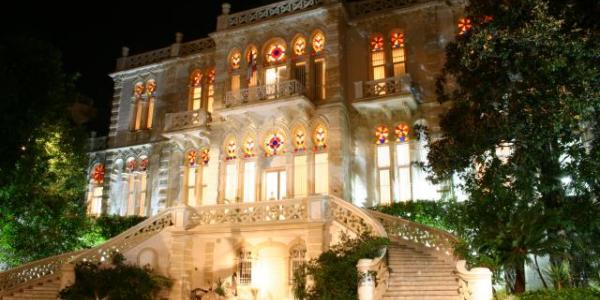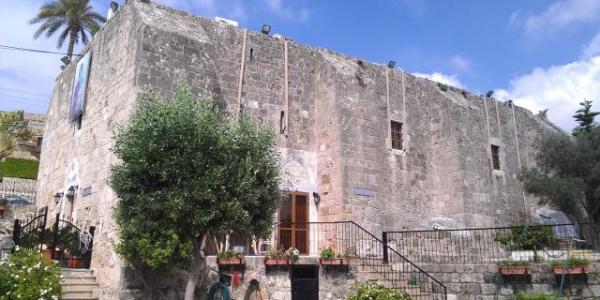Heliopolis
The Heliopolis is the biggest Roman religious complex ever built and one of the best preserved sites of the country. Its columns are the tallest ever erected and its stones the largest ever used. The precinct includes several temples and buildings.
The Great Temple – Jupiter Temple
Rising above a monumental staircase, the temple was surrounded by a portico with a total of 54 columns, of which only 6 remain upright. These are the largest columns in the world with a height of 22.3 meters and a girth of 2.2 meters. The temple sits on the largest 3 building stones ever used by mankind, each measuring 20 x 4 x 3 meters, and known as the “Trilithon”. These blocks were taken from a nearby quarry.
Bacchus Temple
The temple was built in the 2nd century next to the Jupiter Temple and is larger and better preserved than the Parthenon in Athens. Its portico is aligned with 46 columns. A 15th-century Mamluk square tower occupies the southeast part of the temple and behind the wall stands an Ayyubid Mosque.
Temple of Venus
This 3rd-century temple is much smaller than the other two. During the Byzantine era, it was converted to a church dedicated to St. Barbara, Saint Patron of Baalbek.
Temple of the Muses
Few stones are all that remains of the Temple of the Muses dating back to the 1st century A.D.
Quarries
A quarry made of stones cut almost 2,000 years ago lies at the southern entrance. There lies “the Stone of the pregnant woman”, weighing almost 1,000 tons, and considered the largest stone in the world.
The Umayyad Mosque or the Great Friday Mosque
Restored in the 90s, the 7th or 8th-century Umayyad mosque was built on the site of the Roman forum, turned into the St. John Byzantine Church in the 4th-5th century, and incorporates granite and limestone columns taken from the site.
Qubbat Al Sa’idayn
This is a two-room mausoleum built in 1410 over the tombs of Mamluk governors.
Qubbat Douris
This is 13th-century octagonal structure composed of 8 Roman granite columns that once held an Ayyubid tomb.
Ras el Ain spring
The Ras El Ain spring furnished the city with water since Antiquity. Next to it, one can see traces of a Roman shrine - a Nymphaeum as well as the remains of a Mamluk Mosque built in 1277 A.D.
Ras al Imam Al Hussein Mosque
This mosque was built in honour of Imam Hussein, grandson of Prophet Mohammad who was beheaded in Karbala in 680 AD in a battle against the Umayyad Caliph, Yazīd ibn Mu‘āwiya
Al Barbara Mosque
Also called “Mosque of the Goldsmiths”, this mosque is dedicated to Saint Barbara. Its minaret was built during the Ayyubid era, in the first half of the 13th century A.D.
The Shrine of Al Sayyida Khawla
Built in the 1990s, this mosque was erected on the site where Sayyida Khawla, daughter of Imam Hussein, grandson of the Prophet Muhammad, is believed to have been buried.




